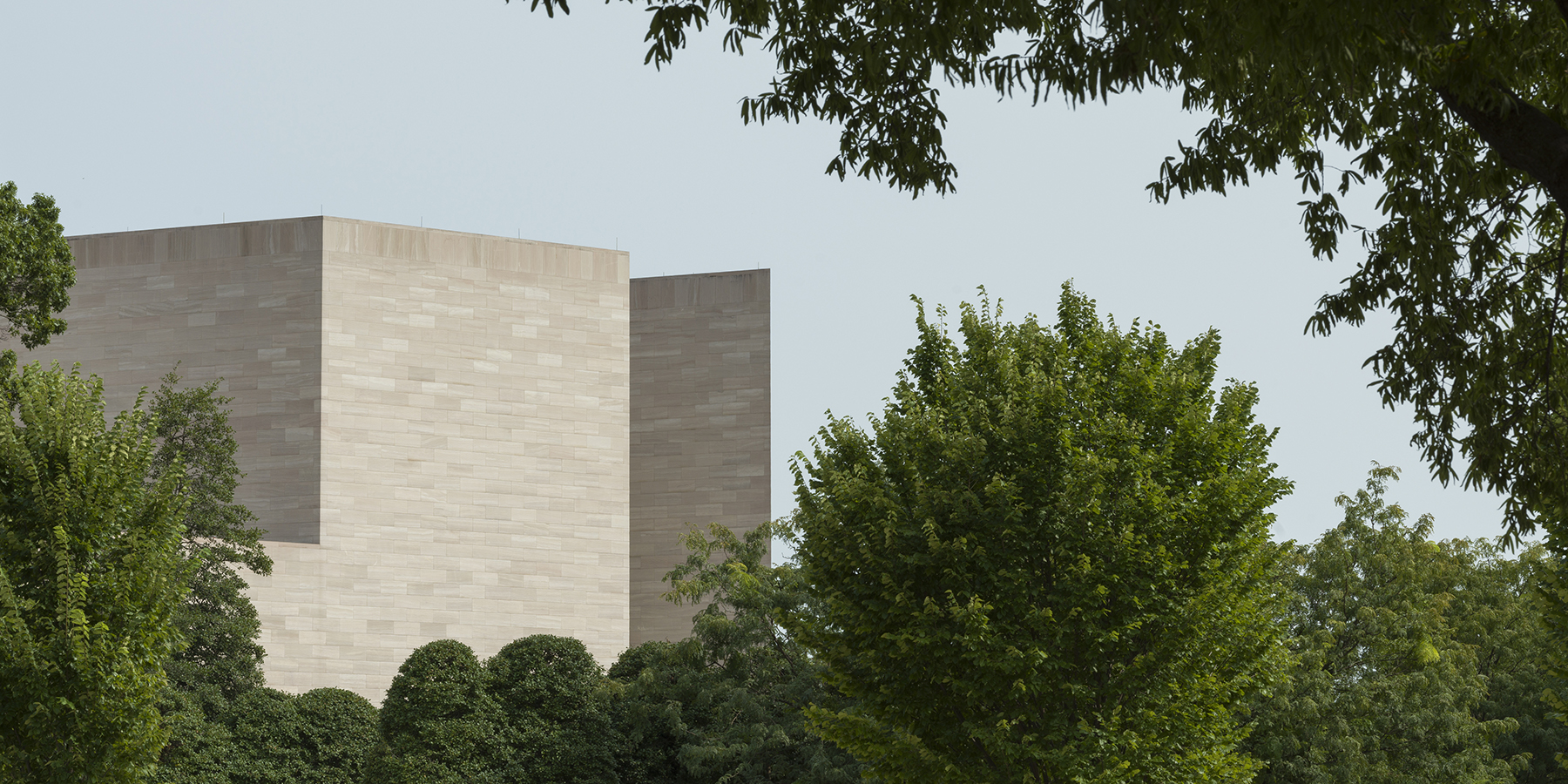The third chapter of my dissertation contributes to the production of an emic understanding of this ancient Maya landscape. The Copán Valley stelae are placed near caves, springs, lagoons, and a river. These natural features not only informed their specific placements but contributed to the creation of their immediate environment. These seven monuments are also placed along an ancient road and various footpaths, indicating that they marked and shaped the experience of human movement across the landscape. The fourth chapter explores the ritual landscape of the mountainous Copán Valley through the lens of calendar cycles. The hieroglyphic texts that wrap around the carved monuments inform us that they were initially commissioned to commemorate the upcoming ending of the 11th k’atun (a unit of time in the Maya calendar that corresponds to a cycle of 7,200 days). Thus, the circular shape of k’atun cycles dictated the physical contours of human ritual movement within the Copán Valley. This sculptural program revolutionized the ritual stage, enabling the kinetic grafting of cosmological models onto the landscape.
The final chapter, pursuing a more phenomenological approach, investigates how this ensemble of sculpture engaged with multiple types of mutable limits, ranging from textual frontiers to cosmological and topographical boundaries. Looking to various historical Maya dictionaries, I privilege Maya definitions of these spatial conceptions. In challenging simplistic territorial understandings of these stelae, I contend that K’ahk’ Uti’ Witz’ K’awiil creatively used these sculptures to demarcate a multitude of spaces—physical and conceptual—within this domain. Ultimately, my project asserts that the Copán Valley stelae challenge traditional scholarly understandings of the significance of Maya stelae.
The University of Texas at Austin
Ittleson Fellow, 2020–2022
Following her residency at the Center, Catherine H. Popovici will join the Department of the History of Art at Johns Hopkins University as the 2022–2024 Austen-Stokes Ancient Americas Endowed Postdoctoral Fellow.


